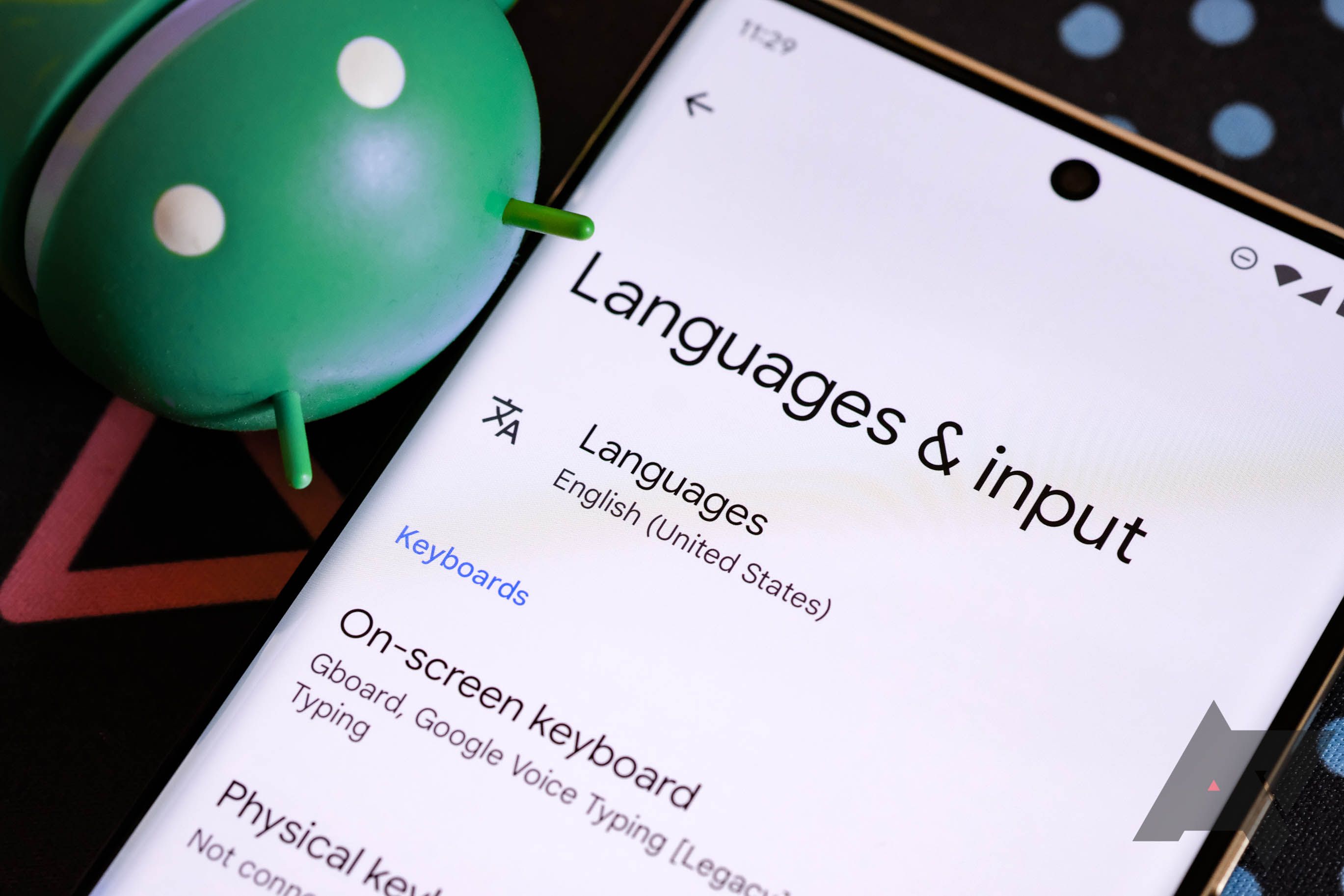According to a trusted source, Google is developing a new feature for Android 13 code-named “Panlingual,” which will allow customers to apply language settings on a per-app basis, separately from the system-wide setting. For example, a multilingual person could set social media apps to Spanish and keep their system UI and other apps in a default English setting.
Development for the new feature is still likely in an early stage, but we do know how it might work. All of this is subject to change, but we’re told the current logic is for a new “App languages” setting that controls this feature in the existing “Language & input” page in Settings, though it will also be accessible directly from the “App info” screen.
This might sound like a basic feature, but it’s not something Android can do on its own right now. Apps can offer their own internal language settings (Google Maps, for example does), but many simply follow the system setting, loading the resources for the default localization. For the few apps that do offer their own individual language settings, these are options you typically have to dig for in the app’s own settings menus to find — it’s not universal.
This new system would work for any app with a set of unified controls that should be easier to find, though it would directly depend on the apps themselves to even have other language localization options built into them. So if an app only works in English, this feature won’t add much by itself. However, Android 12 also added a translation API, so it's possible these features could be combined in a way that fully automates the process of translating an app's resources without developers having to localize their app for every language.
A handful of third-party enthusiast tools can deliver similar functionality, but they’re not exactly simple to set up. App Locale 2 for Xposed and App Settings Reborn both let you tweak locale language settings on a per-app basis, but they require that a device be rooted and have the Xposed framework installed. Locale can also be configured via ADB, but that’s not very simple either. As with many of Android’s best features, it looks like Google is taking a little inspiration from the root-and-ROM crowd.
We aren’t sure if this feature might ultimately plug into any of Google’s recent translation features for Pixels in some way, but it isn’t the first Android 13 feature that’s been spotted in development. Some changes to background app management, generic UWB support, and increased virtualization (probably to enhance security) are also planned.
We’re pretty far out from Android 13, so all of this is subject to change, but our source confirms that Google is working on this Panlingual feature with that version as a target release.

